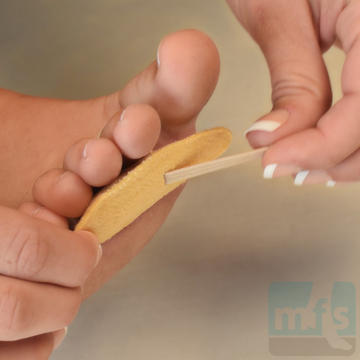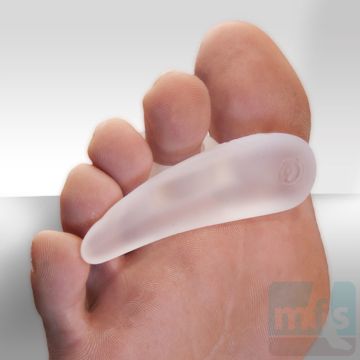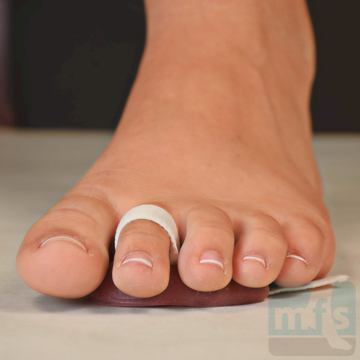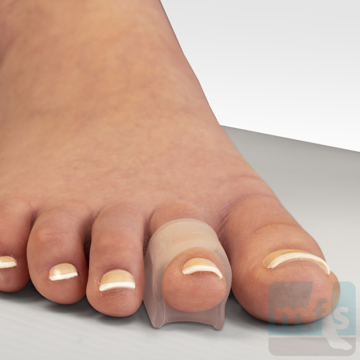The human foot, a marvel of design.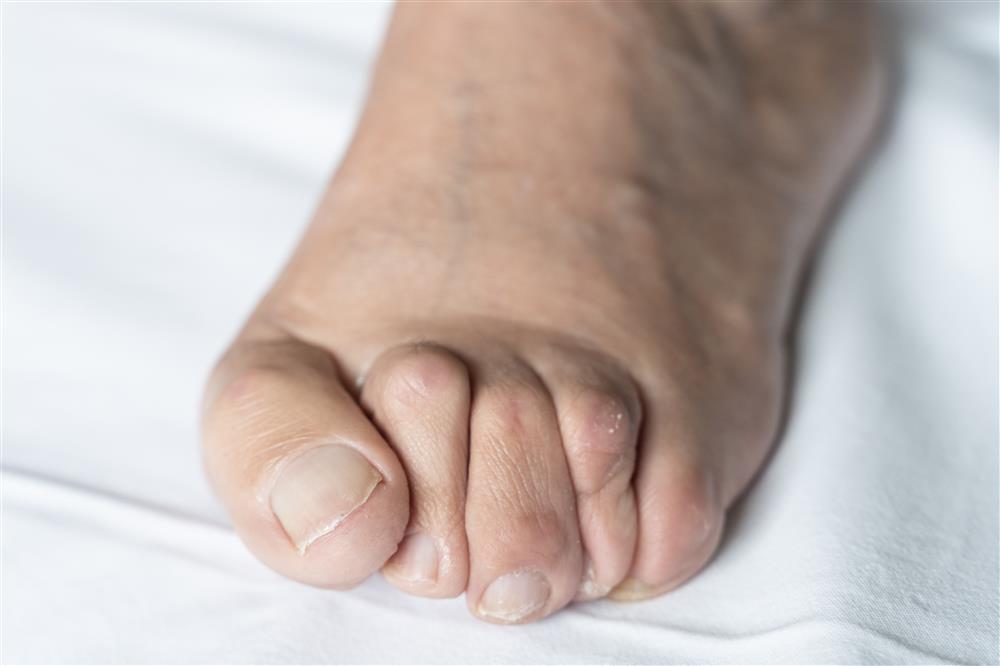
Is not impervious to the occasional twist, leading to the development of hammer toe – a prevalent condition observed in podiatry. Imagine toes that were once dutifully aligned deciding to take on a hammer-like shape. The causes are diverse, ranging from ill-fitting shoes to hereditary factors and the unwelcome presence of arthritis.
One primary culprit behind hammer toe is ill-fitting footwear, akin to directors in a theatrical production. Shoes that are too cramped force the toes to rebel, altering their shape to alleviate the pressure. High heels and narrow shoes, in particular, often play the antagonists, compressing the toes into uncomfortable positions. Another contributing factor can be traced back to genetics. If familial predecessors displayed peculiar toe formations, there's a chance your DNA carries some of these traits, with hammer toes potentially lurking in the genetic code.
Arthritis, the uninvited guest at the foot soiree, also contributes to hammer toe. This condition introduces inflammation and rigidity in the joints, disrupting the graceful ballet of your toes and leaving them in a twisted, hammer-like pose. Recognizing the signs of hammer toe involves observing the physical deformation of the toes. Instead of lying flat and straight, they adopt a curled or bent shape, resembling the curve of a hammer. Pain and discomfort often accompany this transformation, particularly when squeezed into footwear that once felt comfortable but now resembles a medieval torture device.
According to podiatrists and the American Medical Association, the heroes in the tale of hammer toe are the straightening devices. Picture them as tiny superhero capes for your toes, gently nudging them into a straighter position. These devices act as a subtle reminder to your toes, coaxing them to abandon their hammer-like tendencies. Additionally, incorporating strengthening exercises, such as picking up marbles with your toes or rolling a small ball underfoot, can fortify muscles and ligaments, promoting a more natural alignment.
In conclusion, while hammer toe may present challenges, effective solutions exist to alleviate discomfort. Prioritizing foot health with regular check-ups by a podiatrist is crucial, as the efficacy of remedies may vary among individuals. Consultation with a podiatrist provides personalized guidance on suitable treatments, ensuring the best possible care for your feet.








